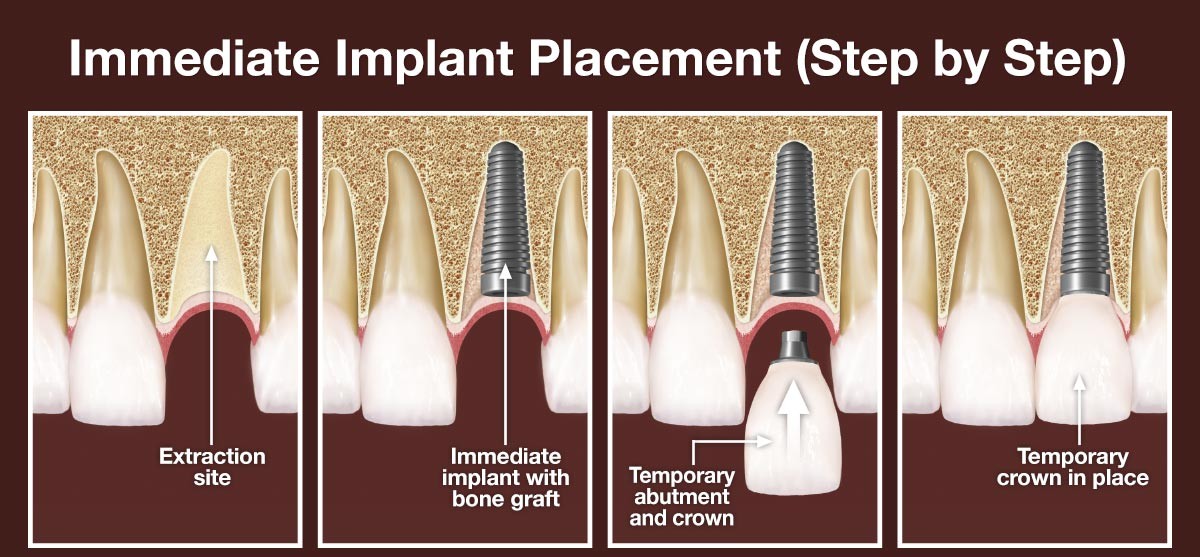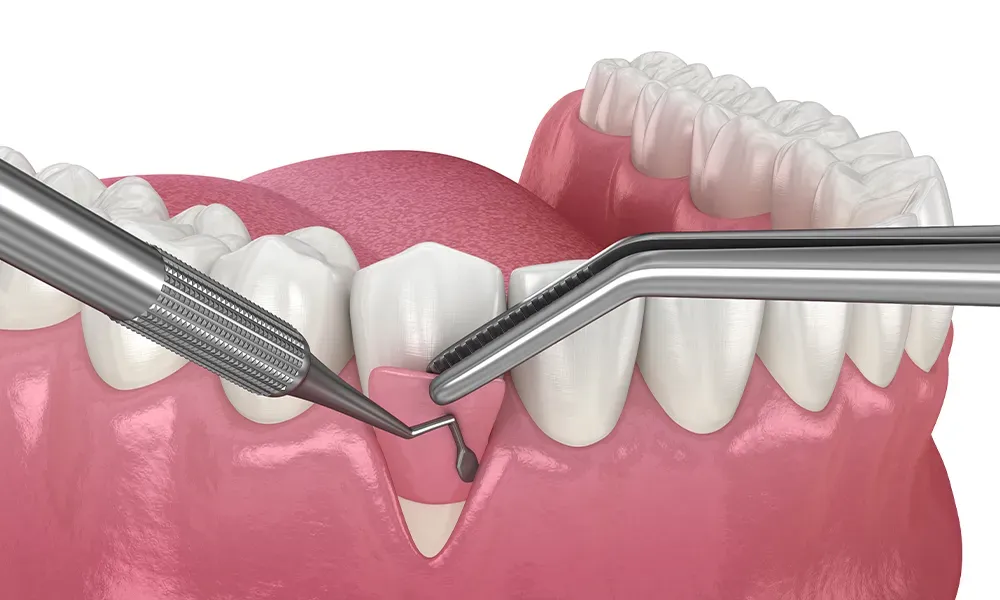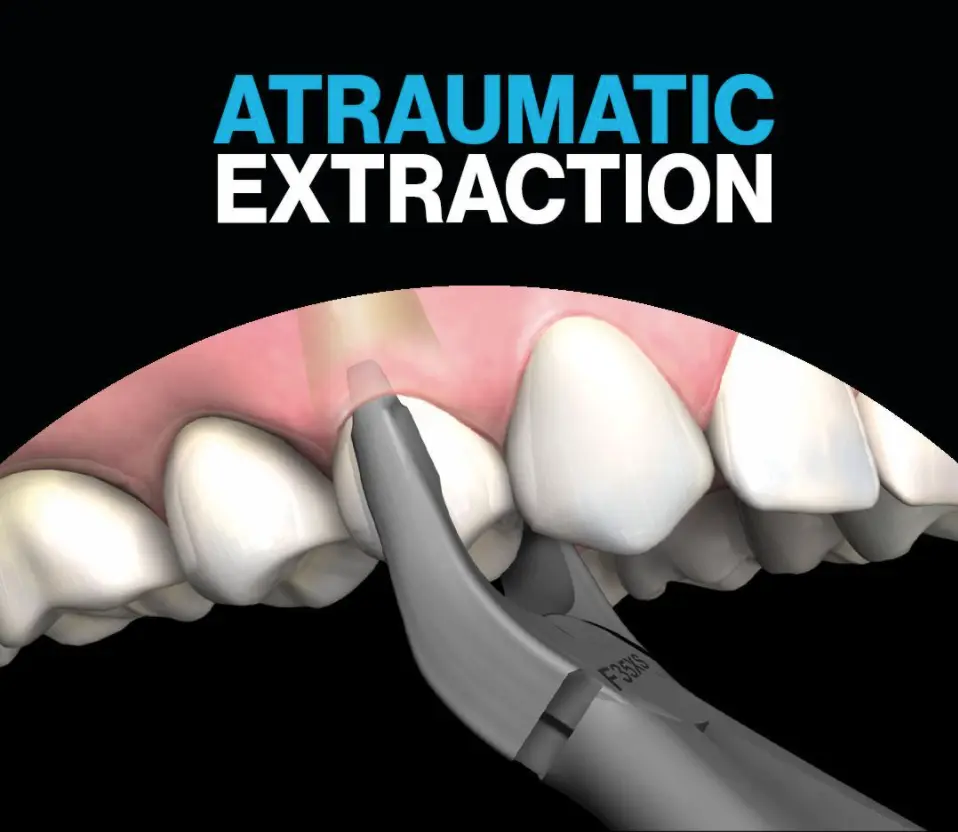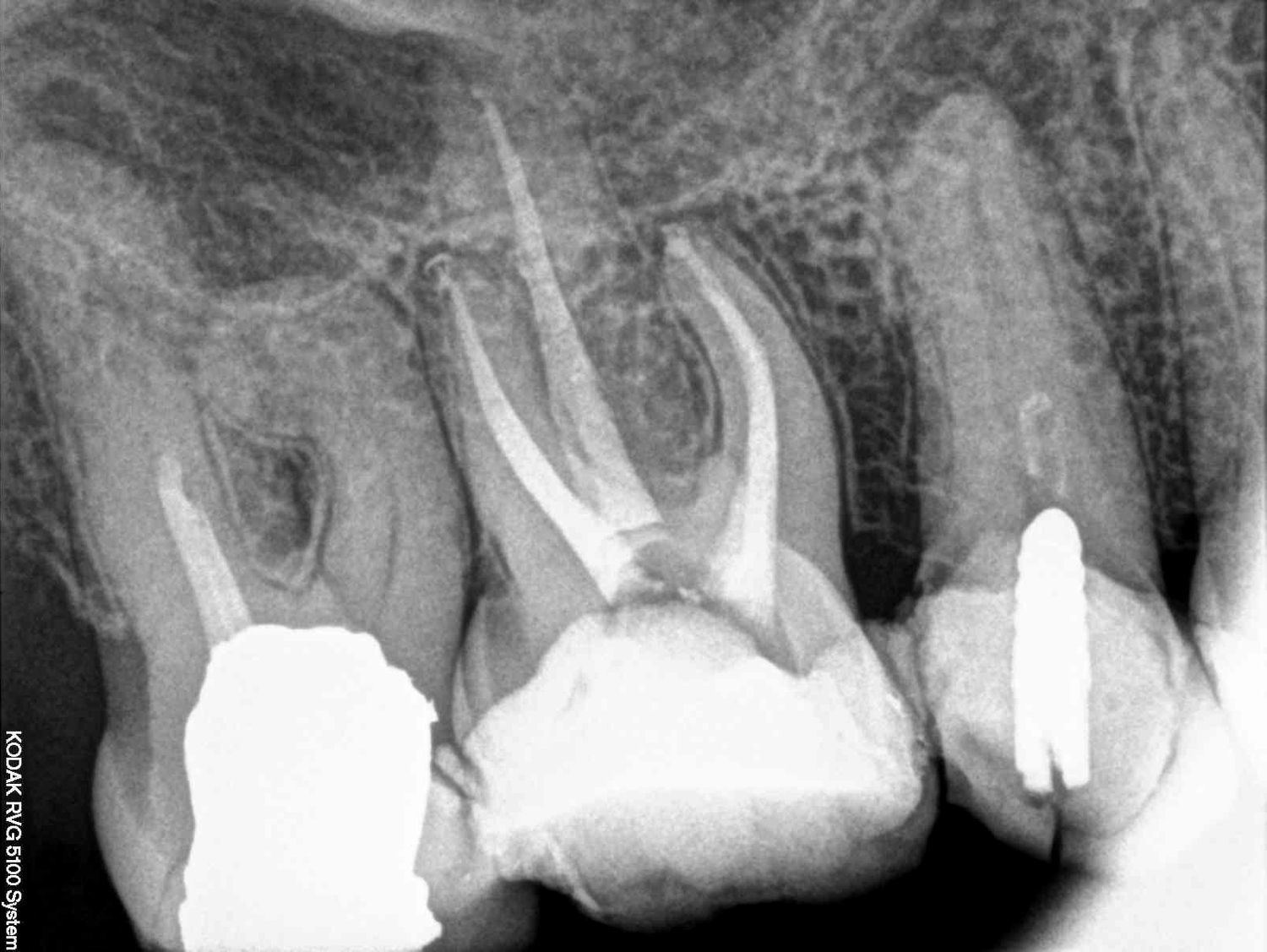
Dental implant procedures have evolved significantly over the years, offering patients faster and more efficient solutions for tooth replacement. One of the most exciting advancements is immediate implant placement—where an implant is installed right after a tooth extraction. In this post, we delve into the process, advantages, and potential challenges of this procedure, drawing insights from a detailed discussion by a dental expert.
Understanding the standard implant procedure
Before exploring the nuances of immediate implant placement, it is essential to understand how conventional dental implants are typically placed. In a standard procedure, the process involves:
- Gum Flap Creation: The gum tissue is carefully lifted to expose the underlying bone.

- Preparation of the Bone Socket: Using specialized drills, the dentist creates a precisely measured socket in the existing bone.
- Implant Insertion: The implant is then inserted snugly into this prepared site, ensuring a stable foundation for future prosthetic work
This method has a high success rate and is well-established in restorative dentistry.
The role of atraumatic tooth extraction

A critical aspect of immediate implant placement is the way in which the tooth is extracted. The extraction must be atraumatic—meaning it is done with extreme care to avoid damaging the jawbone. If the bone surrounding the tooth is compromised (for instance, if cracks or fractures occur during the extraction), it can hinder the implant's ability to properly integrate with the bone. In such cases, delaying the implant placement for about six weeks to allow the bone to heal is advisable.
Special considerations for immediate implant placement
Immediate implant placement, while advantageous in many respects, requires strict adherence to several critical factors:
Ensuring sufficient bone support
For an implant to successfully integrate, there must be adequate bone beyond the extraction socket. If the available bone is insufficient or if critical anatomical structures (such as the sinus cavity or nerve channels) limit the available bone, it may be necessary to postpone the implant procedure.
Addressing the discrepancy in shapes
Natural tooth roots are typically conical in shape, especially in single-rooted teeth, while implants often have a cylindrical design. This difference can leave a gap between the implant and the socket, particularly on the side facing the lips. This gap must be filled with bone graft material to ensure proper healing and integration, but it introduces additional challenges such as extended healing times and the need for a custom healing abutment or provisional crown.
Multi-rooted teeth challenges

For teeth with two or more roots—like molars—the complexity increases. The extraction site for these teeth presents larger voids due to the differing shapes between the tooth and the implant. Consequently, more bone graft material is necessary, and ensuring complete coverage of the graft becomes even more critical to prevent infection and ensure successful healing.
Weighing the pros and cons
Advantages
- Reduced Surgical Interventions: Combining the extraction and implant placement into a single procedure eliminates the need for a second surgery.
- Shorter Edentulous Period: Patients benefit from reduced time without teeth, especially when a temporary crown is placed immediately, allowing for quicker functional and aesthetic restoration.
Disadvantages
- Healing Complexity: When bone graft material is used to fill the gap between the implant and the extraction socket, it may require additional time to integrate fully with the natural bone.
- Risk of Gum Recession: Particularly in areas with thin bone or delicate gum tissue, there is a risk of gum recession, which could affect the aesthetic outcome.
- Case-Specific Challenges: For multi-rooted teeth, the increased complexity of the extraction site demands meticulous planning and execution, potentially limiting the suitability of immediate implantation.
Conclusion
Immediate tooth implant after extraction is a promising approach that can reduce the number of surgeries and shorten the overall treatment time. However, its success hinges on precise surgical techniques, careful case selection, and rigorous post-operative care. Dental professionals must assess each situation individually—taking into account the condition of the bone, the anatomy of the tooth, and the patient's overall oral health—to decide whether immediate implantation is the best option.
